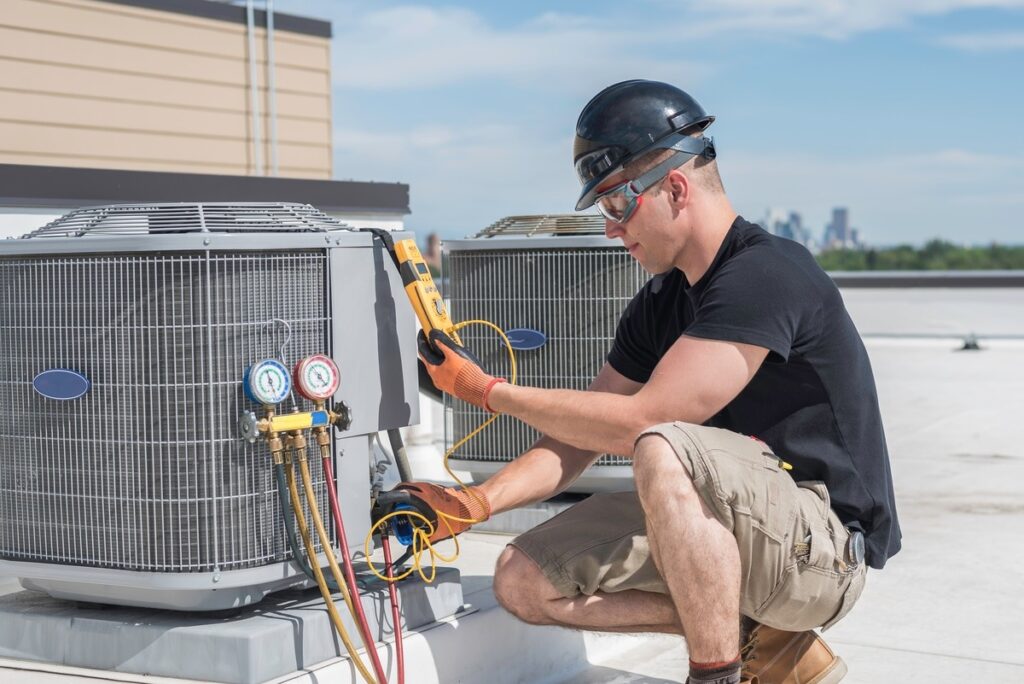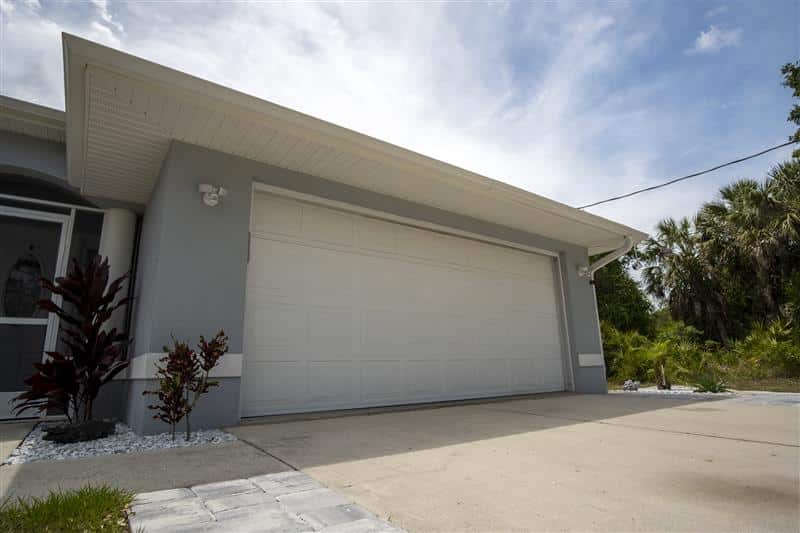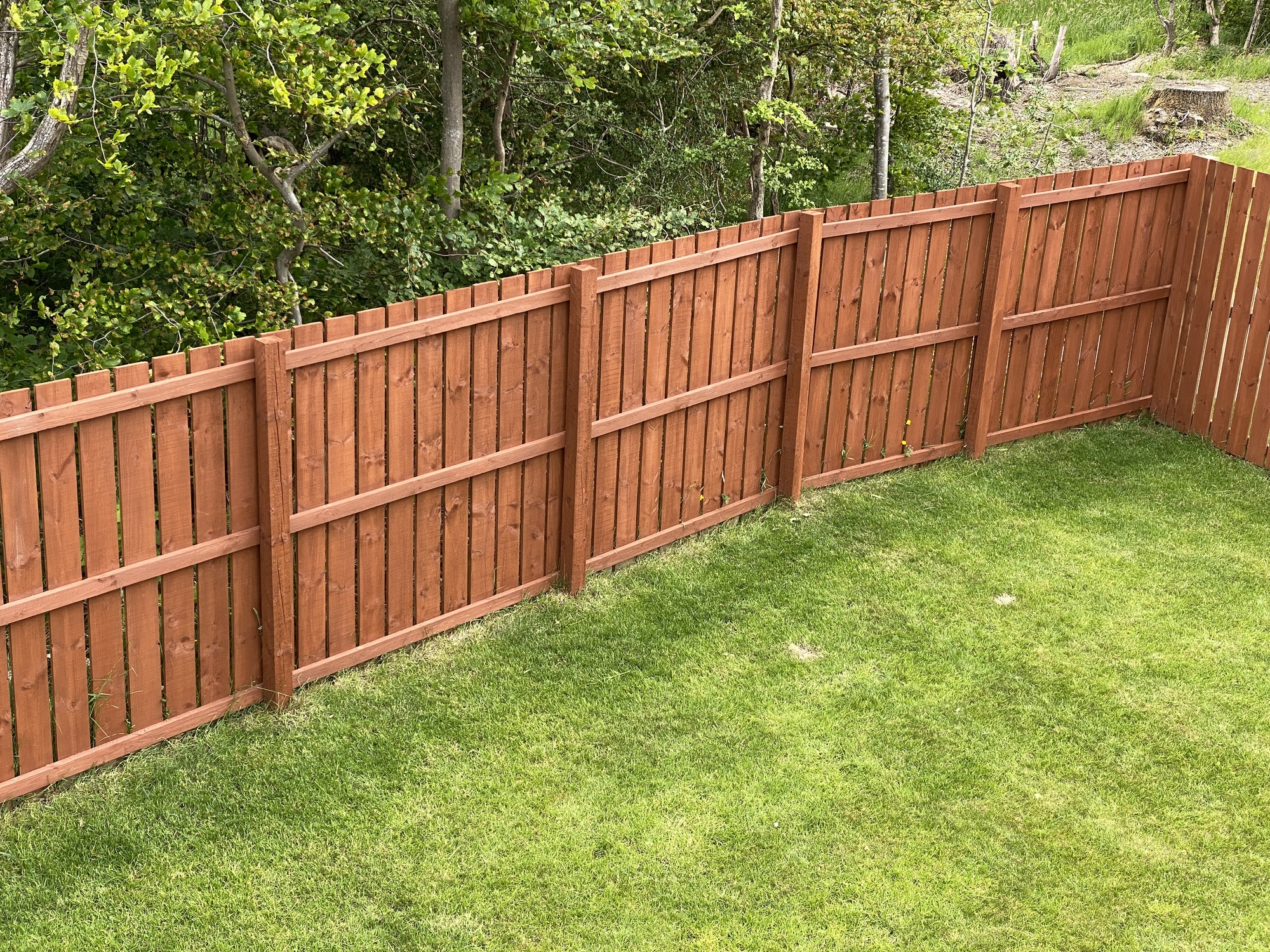Protecting Your HVAC Investment: How To Storm-Proof Your System Before It’s Too Late



We all know that a good, reliable HVAC system is a serious investment. That’s why it’s so important to make sure it’s protected before storm season begins. Taking the extra steps now to keep your HVAC system intact throughout hurricane season can save you money and help you focus on staying safe.
Why It’s Important to Protect Your HVAC System
During storm and hurricane season, the weather is unpredictable. Storms can change in intensity overnight, so it’s important to prepare your home for all the possibilities. HVAC systems are costly, and repairing a damaged system can cost anywhere from $3,000 to $6,000.
During a storm, wind and rain can do some serious damage. Wind-blown debris can crush your outdoor HVAC system, or flooding and power surges can damage the electrical and mechanical parts of the system. However, by protecting your HVAC system ahead of time, you can reduce the chances of a storm causing this type of damage.
What to Do Before a Storm
There’s no time like the present to prepare your HVAC system for hurricane season. Here are a few things you can do before a storm hits to make sure your system is protected.
Inspect the Unit
The first step is to inspect your HVAC unit for any existing damage. Regular inspections give you time to notice any damage and make repairs well before storm season starts. You can likely do an inspection yourself, but you can also choose to call a professional for a more thorough inspection.
Secure Loose Parts
In the lead up to a storm, it’s really helpful to secure any loose components on your HVAC system. It can be as simple as using a screwdriver to tighten any loose bolts or screws. You can also check that the system is firmly attached to the concrete pad. If it isn’t stable, try calling a professional to ask about simple and effective methods for securing your HVAC unit before the rain starts.
Protect Electrical Systems
Since your HVAC system uses electricity, you can save some money by protecting it from power surges. During heavy wind and rain, electricity can go out, and power surges are more common. By installing a surge protector for your HVAC system, you can reduce the risk of damaging the electrical equipment.
If you already have a surge protector installed, be sure to check it out during your pre-storm inspection. You can choose between a surge protector that’s designed specifically for the HVAC system or upgrade to protection that covers your entire home. Either way, protecting against outages and surges will save you money in repairs down the road.
Turn Off Power
Along with a surge protector, there are other ways to make sure your HVAC system is safe from outages or power surges. You can disable or turn off the thermostat to ensure the AC isn’t running. Some thermostats are equipped with a five-minute delay setting that prevents the system from resetting too quickly during outages. Additionally, flip the breaker connected to the air conditioning so there’s no power running to the HVAC during the storm.
Examine the Surroundings
In the days leading up to the storm, examine the area surrounding your HVAC system. If you notice any items that could be blown into the system, such as outdoor furniture, a grill, or planters, consider moving them somewhere else. You can also remove any debris, like branches, from around the HVAC system to improve drainage and keep the water from building up during torrential rain.
What to Do After a Storm
Once the storm passes, there’s usually a long list to check off before your house can function normally. Restarting your HVAC system is probably high on your list, especially if you live in a hot and humid climate. Here are a few tips to make sure your HVAC system is good to go after the storm.
Inspect Your System
Now that the rain is gone, the first step is to inspect your HVAC system for any damage. Here’s what to look for during the inspection:
-
- Look for dented fan blades or stuck debris.
-
- Assess the external unit for any damage.
-
- Examine the concrete underneath the HVAC system to confirm that it’s level.
-
- Check around the system for any pooling or standing water.
Turn Your System On
After an initial inspection, you can turn your HVAC system back on. If you flipped the breaker, remember to reset it so power can flow. Once the unit is running, check for any abnormal noises or smells. These can be indicators of internal damage.
If you do notice unusual sounds or smells, consider calling a professional so they can conduct a more thorough inspection of the HVAC unit. This will give you peace of mind while giving your HVAC system the treatment it deserves.
Make Critical Repairs
If your HVAC system sustained damage during the storm, it’s best to get started on repairs as soon as you can. It’s especially important to complete repairs and reassess if your HVAC system is storm-proof before new storm clouds roll in.
Year-Round Maintenance
Ultimately, the best way to protect the investment you made in your HVAC system is to check on it throughout the year. You don’t want to wait until storm season to inspect the unit. As you conduct routine inspections, you can identify minor issues, loose components, or vulnerable areas. Try to keep the area around the HVAC system free of obstacles or debris during the year so you have less prep to do right before a storm.
Protecting your HVAC system is a simple way to save money



